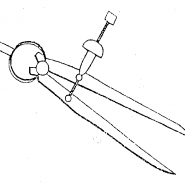
Like most jobs, pattern cutting will be more successful if suitable tools, equipment and materials are obtained before starting.
The following list will give some guidance:
- Knives
There are various knives used by pattern cutters. The choice is largely a matter of personal preference. Two of the more common choices are the clicking knife and scalpel of which are illustrated here. However, some pattern cutters prefer a fixed blade knife with a wooden handle, similar to those widely used by shoe repairers.
- Clicking Knife
By using different blades, this can be used to cut both paper and materials (for sample). Those can often be bought from hardware shape or from trade suppliers of the equipment.
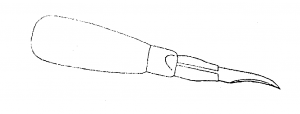
Shoe Making Clicking Knife
- Scalpel:
These are available in various sizes with the choice of the disposable blade. The plastic disposable type of scalpel should not be chosen as it breaks too easily.

Scalpel
There are several types of blade available. Most pattern cutter use a straight one (as illustrated). A more curved type can be fitted when thicker materials have to be cut.
- Divider
These are used for ridding parallel lines lo patterns e.g. for allowances. They are also essential when creating designs using punching, to facilitate even spacing. Dividers are made in a range of sizes. Those with four or five inch legs are probably the best for pattern cutting.
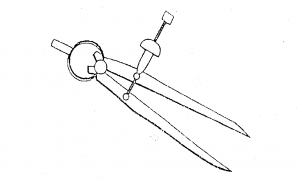
Shoe Making Divider
- Awl (Picker)
This is useful for copying round or marking through pattern and of course for making pricks mark. Dividers and pickers may be bought from tool shops or engineering suppliers.
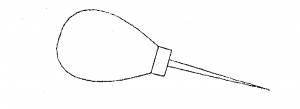
Shoe Making Awl (Picker)
- Ruler
A precision steel ruler with both English and metric measurements is essential. The most common type is 12″ long, as shown. Many pattern cutters also make use of a narrow tape measure when checking lengths on a curved surface.
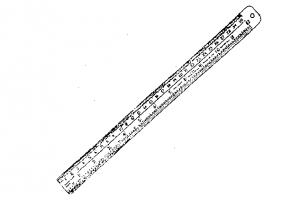
Ruler
- Cutting board
A good wooden block performs well. Apart from the ability to accept the cutting pressure, patterns do not slip so easily as on some other surface.
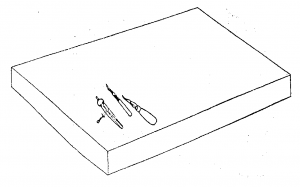
Shoe Making Cutting Board
Cutting mats are becoming popular and can be bought from art equipment suppliers.
Plastic board can be satisfactorily providing the plastic is not so hard, but they need planning or replacing regularly.
- Rap stick
If a clicking knife is used, a rap stick with rough and smooth emery paper and a side with leather will be necessary to keep a shape blade.
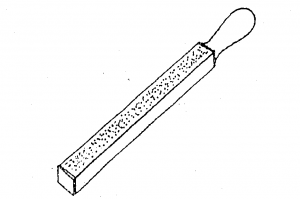
Rap Stick
- French curve
Some find these helpful when drawing curves during standard construction. Large stationaries often sell these as well as art suppliers shop.
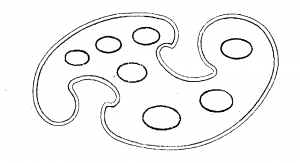
French Curve
- Paper
White cartridge paper is popular but colored paper is also used. Some use a different color for lining pattern so that they can be easily identified.
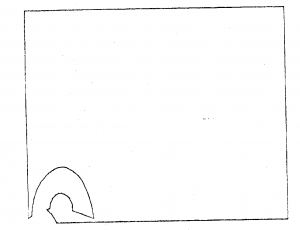
Paper Pattern
- Masking tape (Paper)
A popular width is 5/8” (15mm) but ½” (12mm, 3/4” (18mm), 1” (25mm) are also used. Some use two widths, a wide tape for flatter areas of the last and a narrower one for the more curved areas.
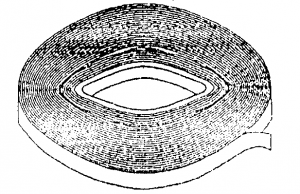
Shoe Making Masking tape
This list of tools and materials gives an indication of the items regularly used. As you would expect variations will occur between individual pattern cutters.
- Pencil/Pen
What to say about pen/pencil. I am speechless.



